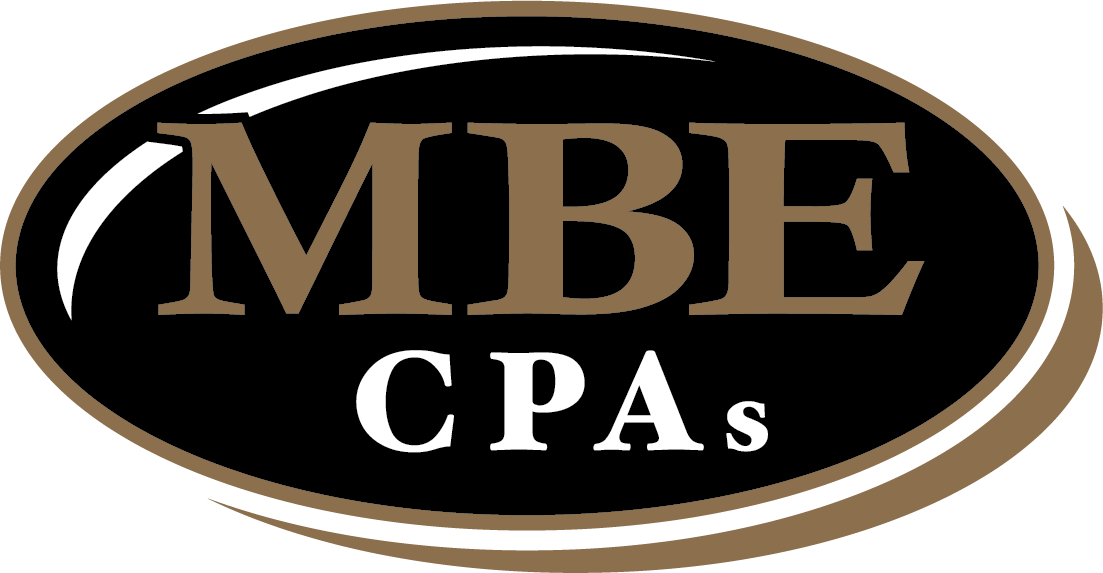Improved Audiology RCM: Fast Payments, Less Stress

Authored by: Frank Vinopal – Partner, CPA | Date Published: June 18, 2025
As an owner of an audiology practice, exceptional patient care means nothing if you can’t sustain your practice financially. One important way to create balance between quality care and maintaining a viable business lies in systematic insurance processing and payment collection.
Audiologists are committed to achieving the best possible results for their patients. However, to maintain a sustainable practice, they must also manage the complex processes of insurance reimbursements, prior authorizations, and claims.
Common frustrations, such as claim denials, slow payments, and the uncertainty of whether a treatment will be covered, all affect your bottom line and impact patient experience. The question becomes: How can we make insurance-related processes as efficient as possible? This blog explores practical strategies to transform insurance workflows to support financial stability and exceptional patient care.
Featured Topics:
What is Revenue Cycle Management (RCM)?
Revenue Cycle Management (RCM) includes the entire administrative and clinical process of managing claims, processing payments, and ultimately generating revenue for a healthcare practice.
For audiology, a strong RCM system is particularly important, especially since most adult patients in this demographic have Medicare. Effective RCM can help submit claims accurately, collect payments in a timely manner, and maintain the practice’s financial health. This allows audiologists to focus on patient care.
Key Strategies to Reduce Claim Denials
- Accurate Patient Demographics & Insurance Verification: The first line of defense. Double-check all information.
- Precise Coding: Verify all CPT and ICD-10 codes accurately reflect the services provided for treating hearing loss.
- Thorough Documentation: Detailed patient records supporting the medical necessity of every service and hearing aid provided.
- Stay Updated on Payer Policies: Insurance rules change frequently.
- Pre-authorization/Pre-certification: When required, ensure these are obtained.

How to Speed Up Payments
These methods may help your payment timeline and improve cash flow. Each approach addresses a different bottleneck, and when implemented together, they create a system for faster, more predictable payments.
- Electronic Claims Submission: Faster and reduces errors compared to paper.
- Timely Follow-Up on Denials: Don’t let denials sit; appeal or correct quickly.
- “Change the revenue cycle to 30 days from 60 days.” Set aggressive internal goals for claim submission and payment collection.
- Patient Responsibility Collections: Clearly communicate patient financial obligations upfront.
- Automated Reminders: For patient payments.
- Utilize Technology: RCM software can automate many processes and provide analytics.
The Benefits of an Optimized RCM
An optimized Revenue Cycle Management (RCM) system can deliver multiple benefits to an audiology practice, such as improved cash flow through faster and more accurate claims processing, reduced administrative burden on staff with simplified workflows, and fewer lost revenues due to billing errors or missed claims. These benefits result in a more orderly and financially sound practice, helping audiologists and their teams focus on providing high-quality patient care and overall practice success.
Conclusion
Well-ordered Revenue Cycle Management isn’t just about billing; it’s about optimizing the financial health of your audiology practice to ensure you can continue providing care to your patients. Contact our team to discover valuable strategies to help increase your revenue and give you the confidence to make important decisions for your business.
